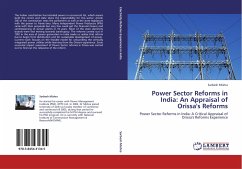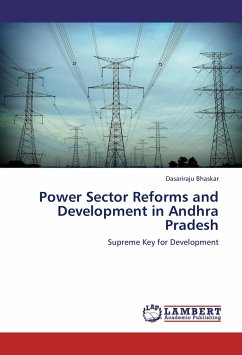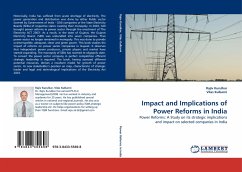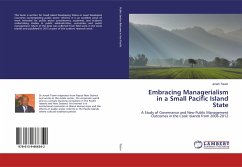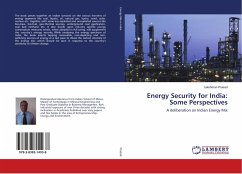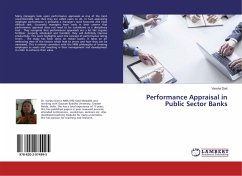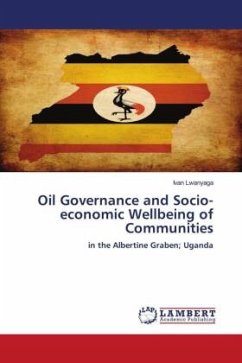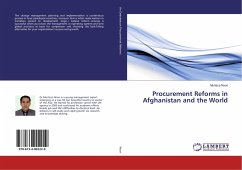The Indian constitution has included power in concurrent list, which means both the centre and state share the responsibility for this sector. Article 246 of the constitution vests the parliament as well as the state legislature with the power to frame laws. Many Independent Power Producers (IPPs) came with their proposals but very few could get the financial closure and commissioning of power plants in 10 years. Most of the state electricity boards were fast moving towards bankruptcy. The reforms carried out in 1991 in the area of power generation in India made us realize that reform has to begin from distribution end for sustainable development of power. Current work focuses on the feasible model for unbundling the vertically integrated power utilities while learning from the Orissa's experience. Socio economic impact assessment of Power Sector reforms in Orissa was carried out to find out the relevance of the reform.
Bitte wählen Sie Ihr Anliegen aus.
Rechnungen
Retourenschein anfordern
Bestellstatus
Storno

